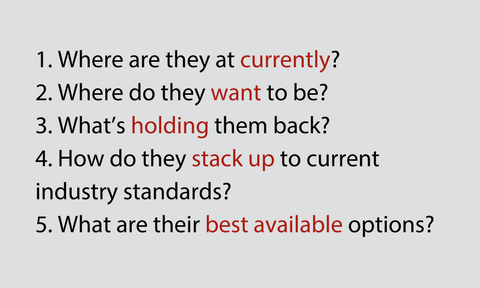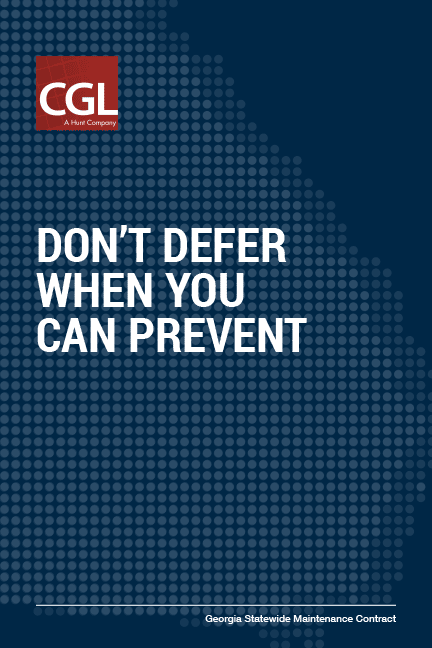Over the course of my career, I’ve worked with many state and local agencies to improve the safety and efficiency of their correctional system management and operations. Although the specific needs and circumstances will vary from system to system, there are 5 questions that every agency must consider during the review process.
These questions may seem basic, but the answers can be complicated. Many times, an outside perspective or additional expertise is necessary. Let’s take a closer look at the steps involved in the review process and some of the techniques and tools we use at CGL to deliver purposeful, informed solutions that address the client’s current needs and sets them up for future success.
Step 1: Validate & Assess – Where are they at currently?
During this step, several forms of important data are collected and analyzed in order to provide an accurate assessment of the current system conditions. This entails reviewing existing reports, data systems, policies, and operational practices as well as any available data on program performance.
The CGL project team then meets with various groups of stakeholders, conducting interviews with staff members from county departments and holding focus groups with management staff responsible for custody and program service delivery.
Step 2: Document Management Objectives – Where do they want to be?
Once current conditions have been established, the next step is to document the stakeholder priorities for jail system performance, showing how alternative governance systems may affect the ability to achieve these objectives.
Step 3: Gap Analysis – What’s holding them back?
Next, our experts conduct a gap analysis between management objectives and current conditions. The analysis focuses on any disparities or inconsistencies between the impact of the current organizational structure and stakeholder objectives for the jail system. We then assess the relative impact of the other organizational alternatives under consideration upon overall jail system performance.
Step 4: Best Practice & Benchmark Analysis – How do they stack up to current industry standards?
During this stage, we review current and emerging best practices in criminal justice operations and management in order to provide clients with a “benchmark” of where they stand in comparison.
Step 5: Provide Informed Solutions – What are their best available options?
During this final stage, CGL consultants combine their industry expertise with the extensive data collected and analyses performed to produce comprehensive, informed recommendations complete with rationales, cost/benefit analysis, fiscal impact, and implementation plan. Clients are provided with a thorough analysis that fully addresses the following key issues:
- Accountability: Does the system of oversight establish clear parameters and direction for jail management while holding administrators accountable for operations, policies, programs, and spending decisions?
- Transparency: Are policy and operational issues clearly communicated to the public?
- Cost-effectiveness: What system provides the most effective oversight and control over spending and revenue generating activities?
- Support: How can administrative and ancillary functions be provided in the most efficient and effective manner possible?
- Performance: What system provides the most effective support for achievement of jail operational and program objectives?
How do we know?
Operations and management expert Karl Becker has over 30 years of experience in criminal justice system planning for federal, state, and local criminal justice agencies. Particular areas of expertise include program and operational performance assessment, cost-benefit analysis, and system master planning. Karl’s analyses have helped to frame key policy choices for decision-makers faced with growing detention populations and limited resources.






